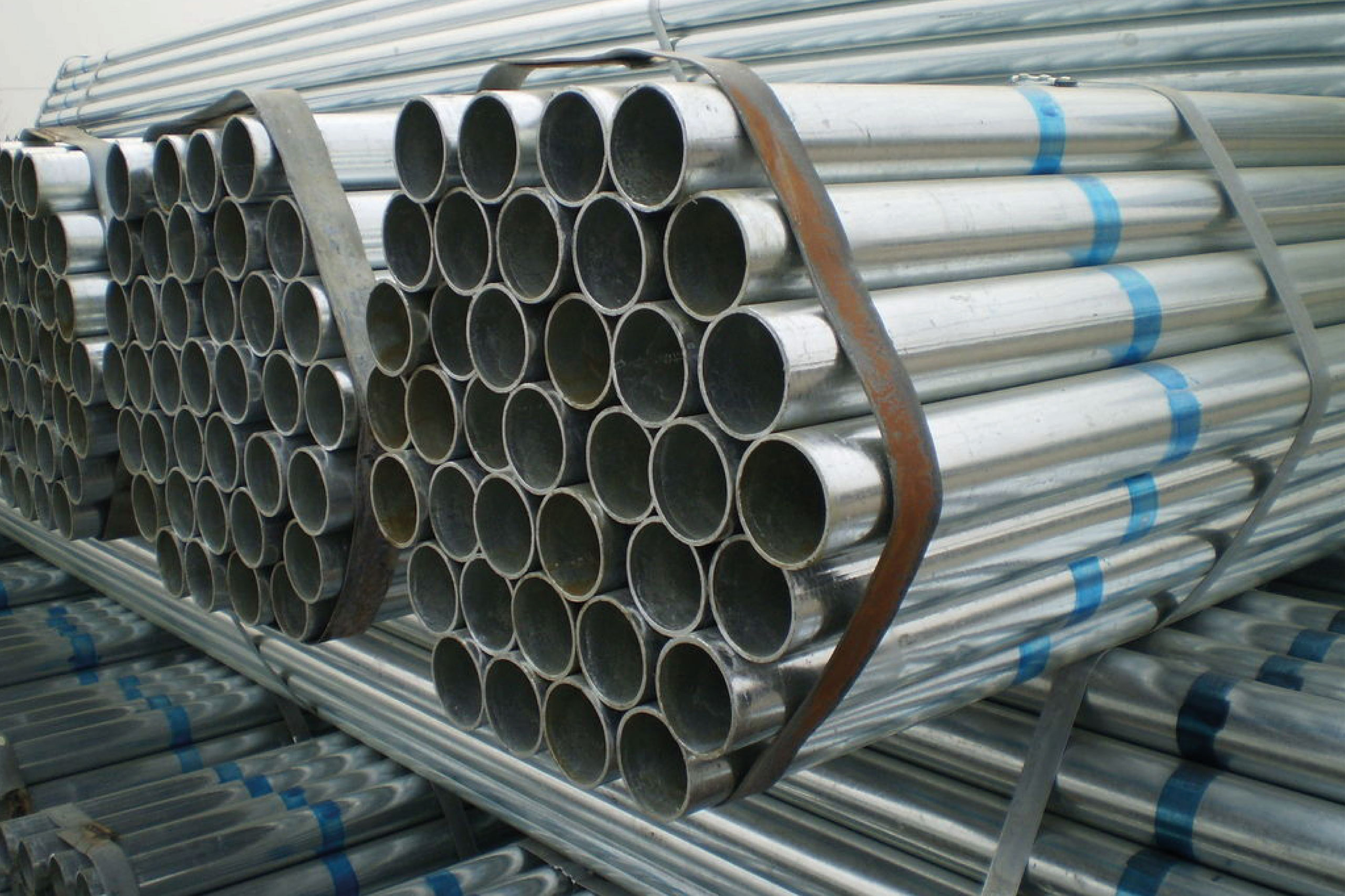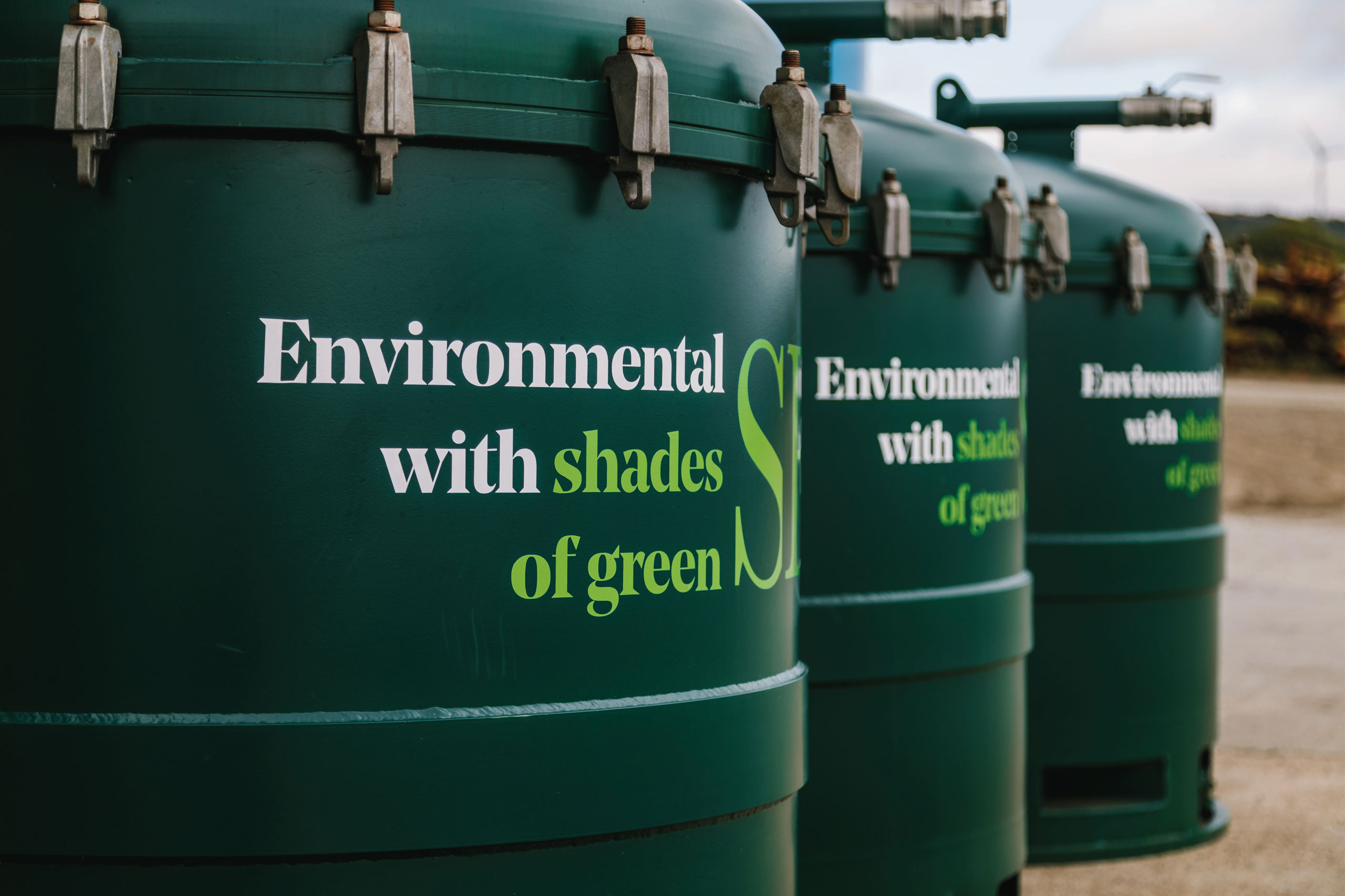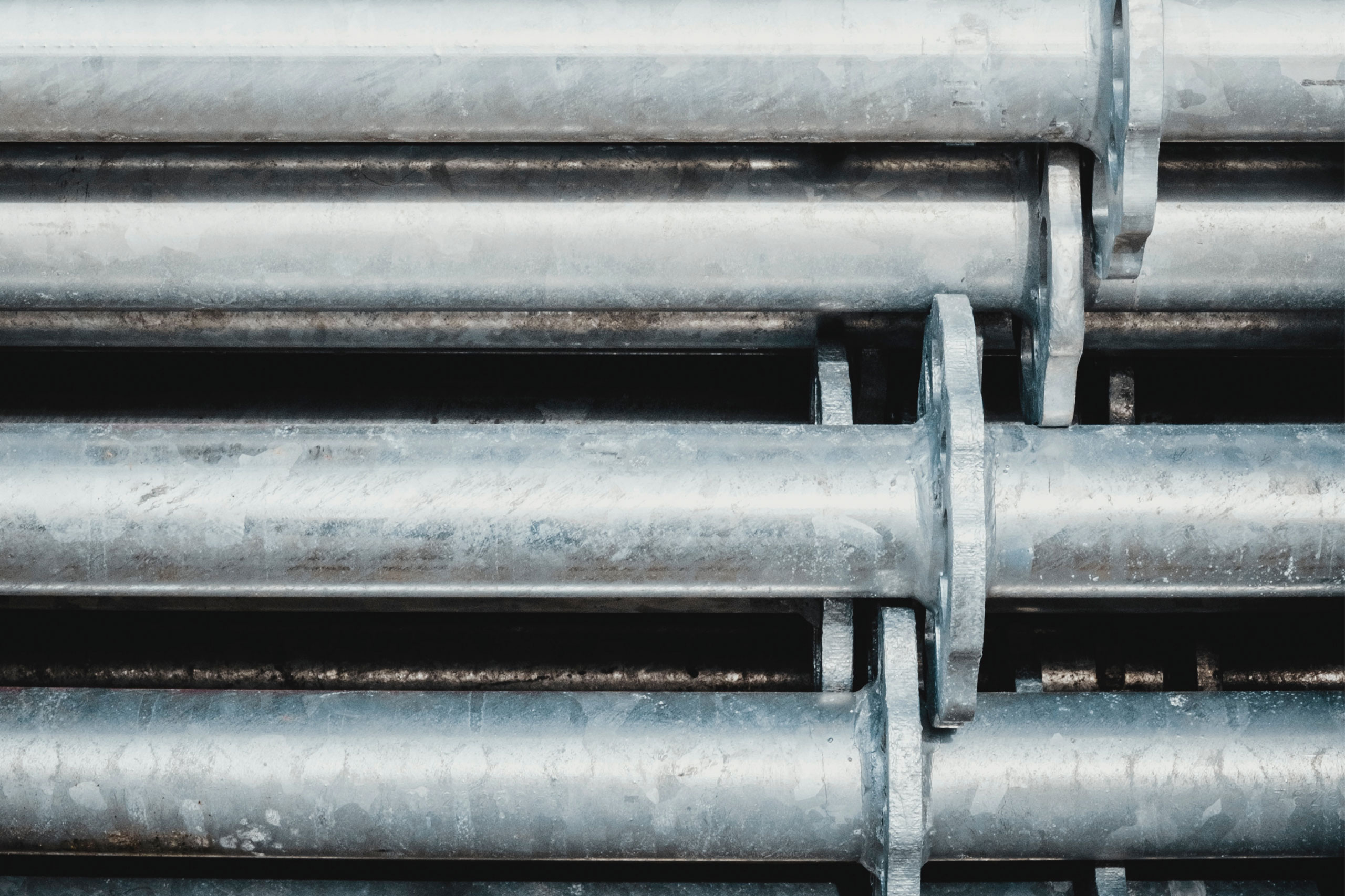- 30th Jul 2020
Zinc Removal From Effluent (DRAM Filtration)
The Challenge
At SEM, we understand the increasing pressures that businesses face in association to water discharge regulations. Galvanizing plants in particular face scrutinization over their run-off and effluent water as they can be found to contain high levels of zinc. This is due to the fact that it is the primary metal used in the galvanisation process. If left untreated the water can damage ecological environments and wildlife surrounding the premises.
SEM was contacted by a Galvanizing Plant to help remediate the zinc in their effluent stream to compliant standards. SEM were asked to reduce the level of zinc in their waste effluent to <2mg/l, in line with imminent legislation coming into action.
Prior to contacting SEM, the clients zinc levels in effluent were around 50 mg/l, before being treated with their ion exchange unit. The Galvanising Plant had been using an ion exchange process to decrease the levels of zinc in effluent which is highly time consuming and also inefficient.
The Solution
A 25 litre sample of effluent was taken from the client’s premises and analysed at SEM’s Laboratory. Simulated tests showed that DRAM Filtration would significantly reduce their contaminant levels by up to 80%. This gave a reading of <0.2mg of zinc in their effluent water, which is well within the legislation compliance guidelines.
SEM was able to provide a long-term solution by mobilising two of our organic DRAM Filtration tanks on-site. DRAM Filtration uses biological, chemical and physical interactions to remove zinc and an array of contaminants from effluent streams. The filtration process involves microbial action combined with various forms of sorption to clean, condition and polish contaminated water at a rate of 1m3 / hr.
The levels of zinc were regularly monitored during the course of the project to ensure both water discharge met the demands of the tight guidelines, and to prove the DRAM Filtration technology was both effective and efficient.
The Result
The table below shows the results from on-site processing of the client’s effluent using DRAM Filtration. In conjunction with the ion exchange unit, DRAM technology reduced the presence of zinc in the effluent by an average of 91.4% over a three month period. This coincides with our laboratory testing and proves that DRAM Filtration can operate on a larger scale which is great for SEM, and the industry.
| Month | Month High - level of zinc in effluent (mg/l) | Month Low - level of zinc in effluent (mg/l) | % Reduction |
|---|---|---|---|
| November | 92.5 | 4.72 | 94.9% |
| December | 38.51 | 3.47 | 80.9% |
| January | 28.56 | 0.41 | 98.60% |


